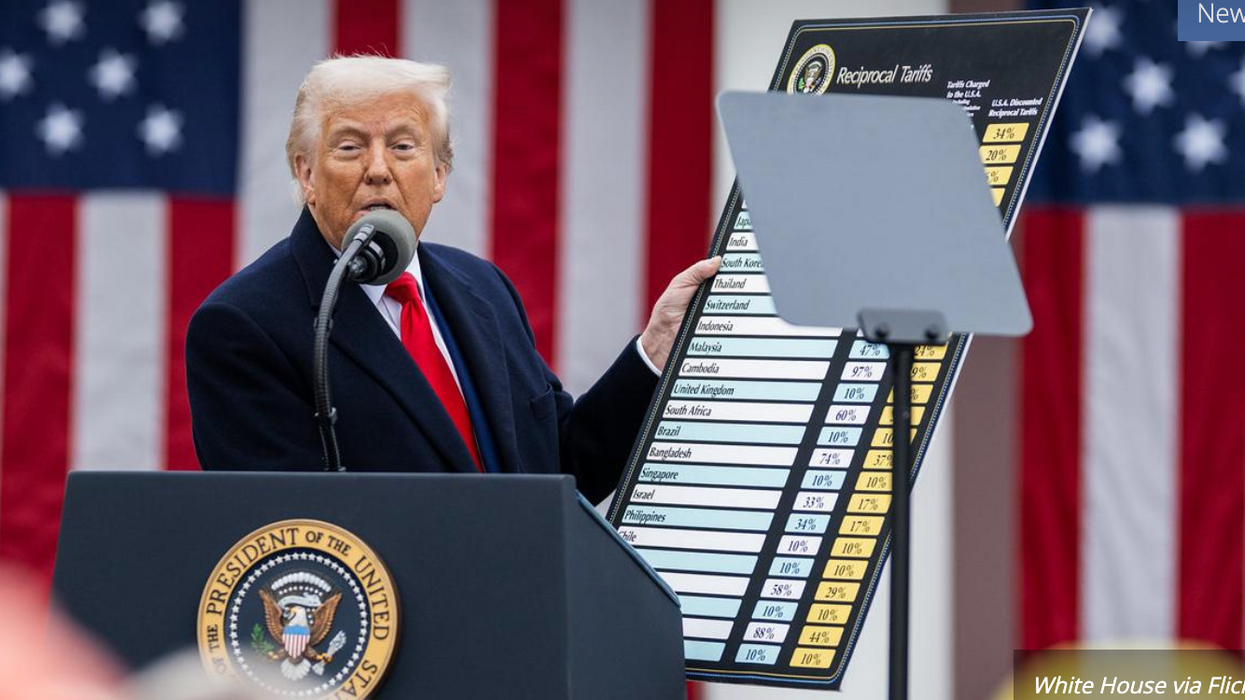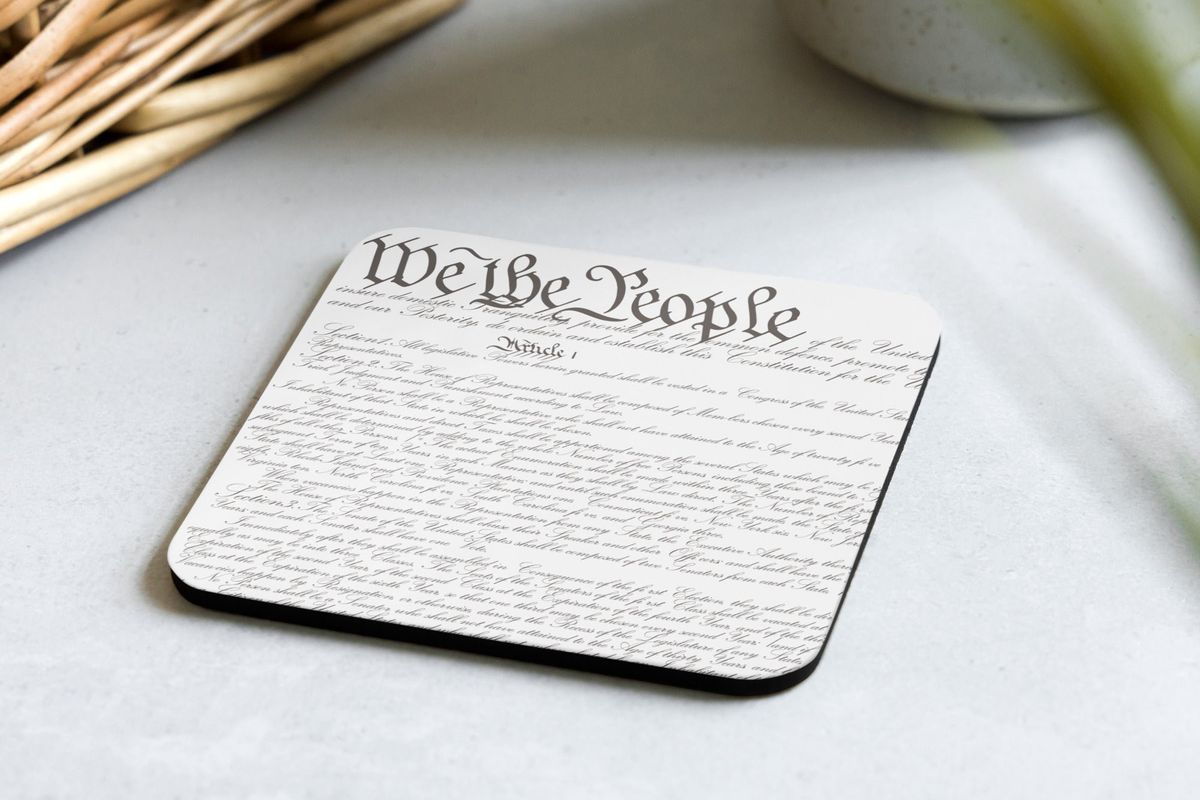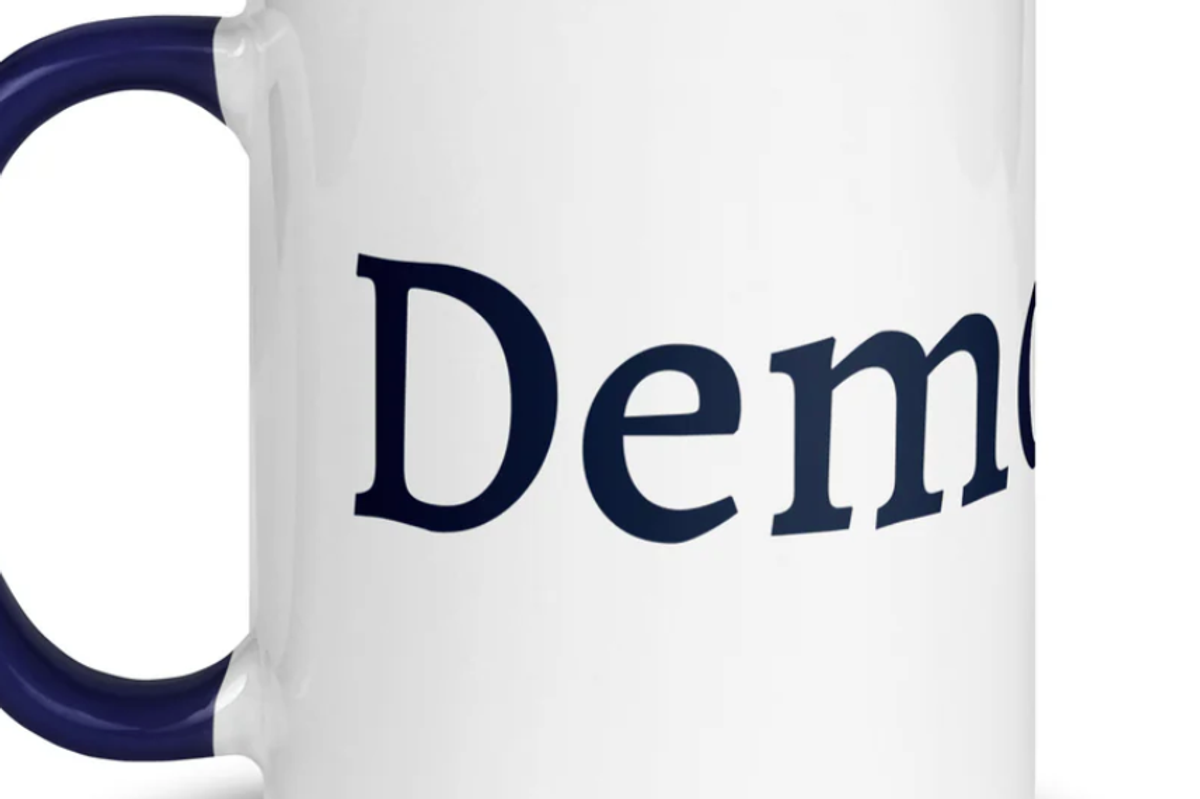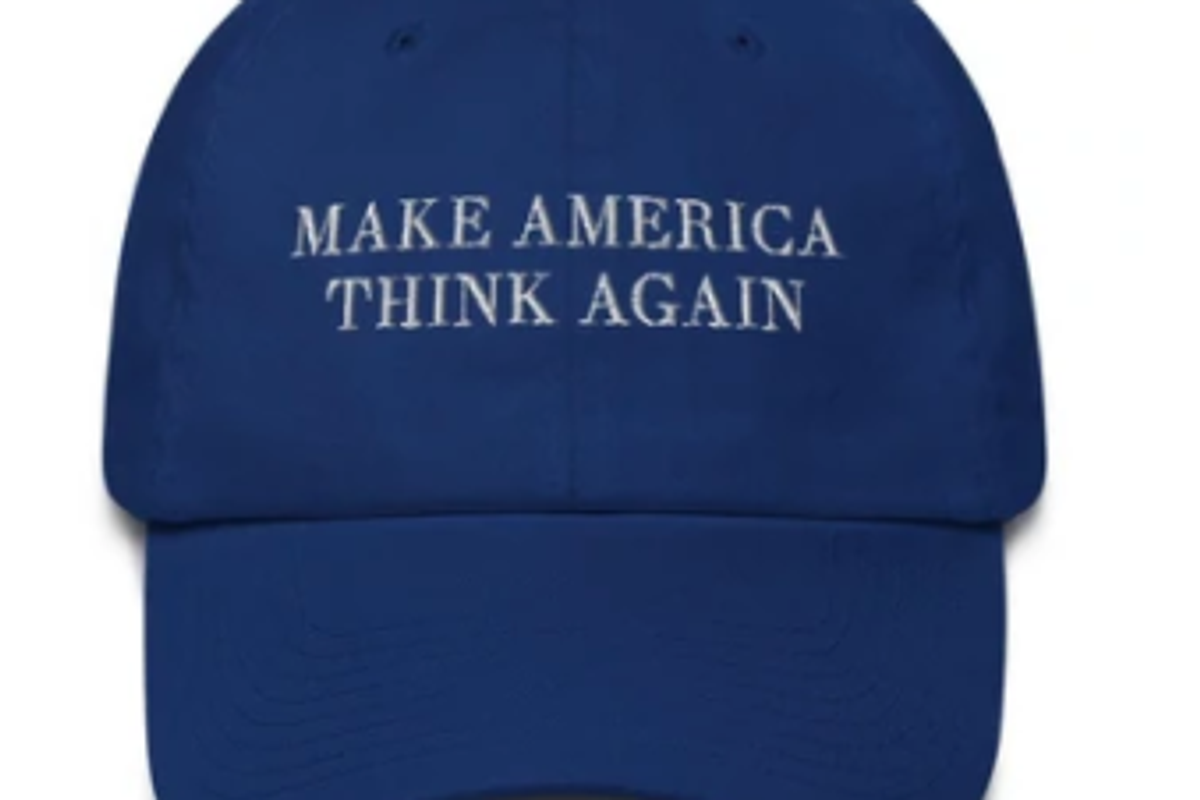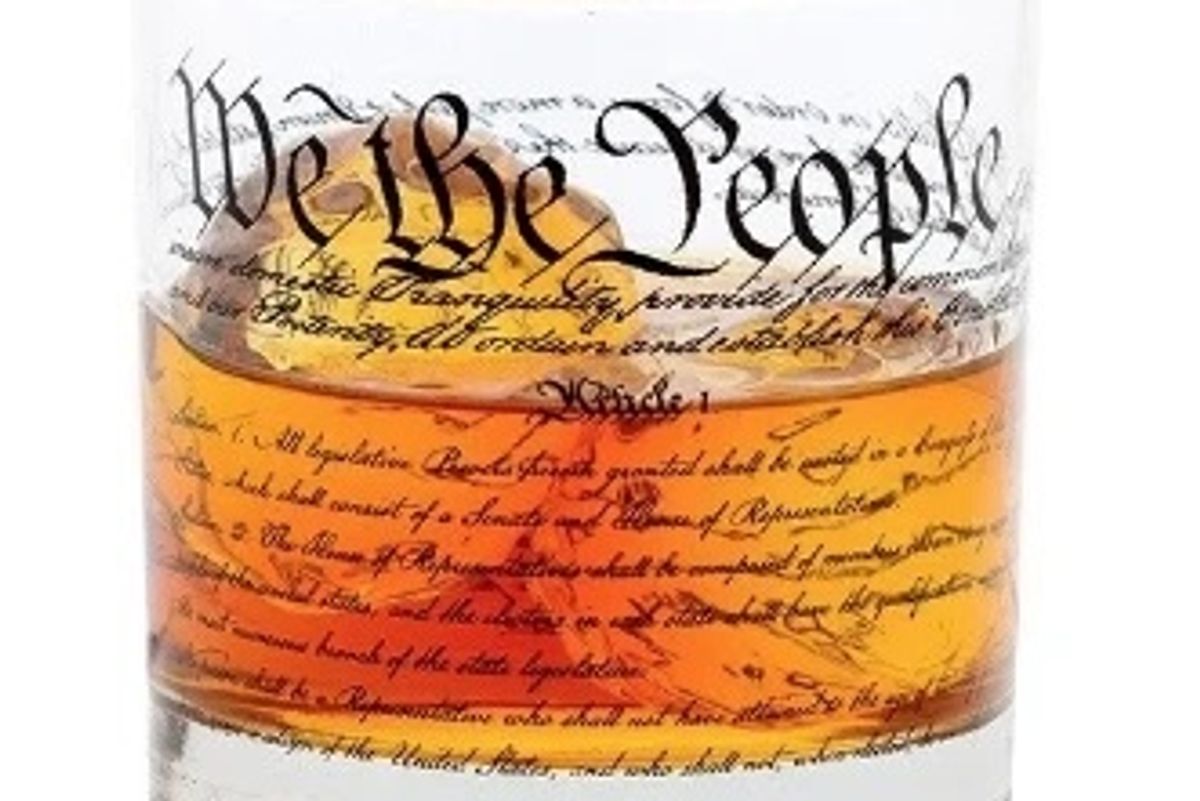Late on Tuesday night, the Trump administration released approximately 77,000 more documents generated in the course of the investigation of President John F. Kennedy’s assassination in Dallas, Texas on November 22, 1963. You can access them here.
Like everything the Trump administration does, it was ill-considered, but it also speaks to the iconic place this event has in the history of American conspiracy theories. On the campaign trail, Donald Trump had promised that, if elected, he would release these materials, and it was an easy promise to keep. Presidents have the power to declassify files, a privilege of the office that presumes such a process will be thoughtful.
Is it any surprise that Trump simply went ahead on a whim, making files that have not recently been vetted public?
Predictably, the outcome has been self-serving and dangerous. Yes, by releasing new documents, and formerly released but redacted documents in virtually unredacted form, Trump has burnished his self-proclaimed, and undeserved, reputation for transparency among his own constituents and acolytes. “President Trump is ushering in a new era of maximum transparency,” Director of National Intelligence Tulsi Gabbard gushed on X. “Promises made, promises kept.”
However, aside from the fact that Trump is not at all transparent when it comes to his own business dealings, and lies about so many things we have lost track (30,573 times in the first term alone), transparency is not necessarily a virtue when it comes to government data. According to Sarah Maslin Nir and Maggie Haberman at The New York Times, by not taking the time to do this right, or checking their work (now a signature Trump administration move), the clowns in the White House managed to expose “personal information, including Social Security numbers, of hundreds of congressional staff members, intelligence researchers and even an ambassador.” As they write,
White House officials acknowledged on Thursday that it was only after the papers were made public that they began combing through them for exposed details.
On Wednesday, the White House ordered that the pages be combed for exposed Social Security numbers, and officials directed the Social Security Administration to issue new numbers to the affected people, according to a senior administration official, in an extraordinary response to mitigate the potential harm of the disclosures. They will also be offered free credit monitoring.
Nice work, Bozos!
It gets worse. “Administration officials knew before the documents went out that releasing them without redactions would expose some personal information,” Nir and Haberman tell us, “according to one person with knowledge of the effort who was granted anonymity to discuss the deliberations.” Speaking of redactions….
A slightly more mixed bag is the other thing that government officials were protecting all these years: information about CIA and embassy operations around the globe. I know some historians who are excited about this, but it’s also the case—as someone who wrote my first book out of FBI files—that there are other things to protect. The names of, and contextual information about, confidential sources and undercover operatives are usually redacted because any who are still alive could be in physical and political danger today from past commitments they made in good faith.
Why would this mean anything to a president who has refused entry to Afghans who also helped the United States in good faith, were cleared for immigration and resettlement? It wouldn’t. Other people are not real to Donald Trump.
Yet we forget that the left has a long history of distrusting government, and for good reasons: McCarthyism, the Bay of Pigs, Vietnam, Watergate, Iran-Contra, Iraq I and Iraq II, and the current campaign to deport legal immigrants on specious grounds are but a few. And in fact, the Kennedy assassination conspiracy theory originated, and was sustained for its first couple of decades by progressives.
Let me explain. Coincidentally, as Trump was doing the document dump this week, I was revising a chapter of the book I am working on, a biography of radical feminist Susan Brownmiller. And—by another coincidence—that chapter concerns a man who was her lover for several years in the early 1960s, New York civil rights attorney and progressive civil rights activist Mark Lane. While there are many authors of alternative theories of the JFK assassination (that Lee Harvey Oswald was not the shooter, or if he was, there were multiple shooters, and that these people were employed by organized crime, the CIA or both), Lane was the first, and most persistent, author of the theory that Oswald was innocent and had been framed by a sinister…well, let’s call it the deep state.
Brownmiller had nothing to do with Lane’s conspiracizing: she is only the reason I came across it. In fact, as far as I can tell, it might have been one of many final straws that caused her to leave him. Why do I think this? Because even though Brownmiller had numerous connections to left-wing and sometimes Communist-adjacent groups in the 1950s, she does not appear once in the FBI file associated with Lane in the Kennedy dossier that was already public prior to this week. For seasoned FBI file readers this can only mean one thing: she was not only not part of it but actively sought to distance from Lane’s activities.
Lane, however, is a crucial figure in the conspiratorial narrative that emerged in the weeks and months after Kennedy’s death. First, only weeks after the shooting, he publicized a series of questions about the investigation and its findings that Kennedy conspiracists believe remain unanswered today and that they hope this new document dump will resolve. "This is a major breakthrough in the JFK assassination story,” Jefferson Morley, a journalist who has devoted most of his professional life to proving that agents of the federal government were complicit in Kennedy’s death, told Fox News’s Jesse Watters. “One of the documents we saw yesterday where CIA Official James Angleton talks about his surveillance operations, he talks about the way he approached people—the way he put them under mail surveillance and that document suggests... that Angleton was running a counterintelligence operation involving Oswald." Morley used to work for The Washington Post: he now writes a Substack devoted to his decades of inquiry into the Kennedy assassination.
The second reason Lane is important is that Kennedy conspiracism originated on the left and moved to the right. JFK’s initial, and in retrospect, somewhat feeble, efforts in support of the civil rights movement had aroused the rage of the organized American right. Furthermore, prior to the Warren Commission’s investigation in 1965, the chief investigator of the crime was an icon on the American right: J. Edgar Hoover, the longtime director of the FBI, which was one of the agencies charged with investigating the assassination. In addition, Oswald was identified early on as having flirted with Communism, so much so that he defected to Moscow for several years.
The idea that right-wing elements had conspired to kill Kennedy and frame a man of the left made the event red meat for someone like Mark Lane. Thirty-six years old in November 1963, he had long identified as an anti-institutionalist and with the emerging progressive wing of the Democratic Party. Six feet tall, with intense brown eyes, Bronx-born, Jewish (his father had changed their surname from Levin to Lane), Mark was a movie-star handsome military veteran, a working-class guy who attended college and law school on the G.I. Bill. While attending Brooklyn Law School, Lane worked for the left-wing Lawyers Guild. Upon graduation, he hung out a shingle in East Harlem, doing criminal defense, fighting evictions, and doing other kinds of social justice work for poor Puerto Rican clients who were not just underserved but, as recent immigrants to the mainland, at the bottom of the racial ladder in New York City.
Lane used that platform to mount an attack on New York’s political machine, winning a State Assembly seat in 1960 as part of the Progressive Democrat insurgency that would ultimately boost candidates like Bella Abzug and Ed Koch into political office as well. It was during this campaign that Brownmiller met and fell in love with Lane, and it was one of his political donors that gave her the opportunity to leave dead-end editorial jobs behind and run her own political newsletter, the short-lived Albany Report. However, that relationship and Lane’s political career ran out of steam simultaneously. In 1962, Lane ran for Congress and lost; the following spring, Susan was making steady progress with her career, landing a job as a researcher at Newsweek. As a woman she had little future at Newsweek, but it put her in the major leagues of journalism all the same.
Thus, at the end of 1963, Lane was at loose ends, personally and professionally. He had gone back to lawyering, but it didn’t interest him much; while the pace of work at Newsweek, as well as the intense social life that surrounded the weekend production of the magazine, fueled Susan’s independence from him.
Then Kennedy was shot and killed. The immediate arrest of Oswald, Oswald’s murder by gangster Jack Ruby a few days later, and the immediate assumption that the case was solved, fueled Lane’s suspicion and he began investigating the case on his own.
But it is also not hard to believe that Lane did not also see in this event an opportunity to become a player on a national stage. On January 14, 1964, despite any ability to pay him, Lee’s mother, Marguerite Oswald (author Deanne Stillman describes her as a narcissistic and habitual liar), retained Lane to prove her son’s innocence. Thus, throughout 1963, two things were happening: Lane was barnstorming the country sowing doubt about the government’s desire to convict Oswald posthumously and without trial, and a variety of government agencies continued to investigate the case, as well as those who doubted Oswald’s guilt. It was not until November 29, 1964, a year after the events in Dallas, that President Lyndon Baines Johnson issued the executive order that established the Warren Commission.
Beginning in early February, Lane began to give talks, often collecting “donations” for the defense of Lee Harvey Oswald that amounted to several thousand dollars a speech in today’s money. In an eerie echo of today’s MAGA movement, Lane framed his work as “just asking questions.” Local journalists didn’t have to listen that hard to hear the real message: Oswald was innocent.
The FBI was already watching Lane when he held a press conference in Washington in the lobby of the Veterans of Foreign Wars building on February 11 to announce that investigations by the Dallas Police Department and the FBI had been cooked to establish Oswald’s guilt and close the case. Three weeks later, Lane gave a similar speech at the Unitarian Universalist Church in Buffalo, New York. Sponsored by local college students associated with the socialist Workers World Party, his appearance was originally scheduled for a hotel, which then hastily canceled, igniting a free speech controversy and elevating Lane’s conspiracy theory in the process.
Reports of the event reveal a snapshot of student politics prior to the mobilization against the Vietnam War. But they also reveal that conspiracism was fed by extremists across the political spectrum. Sponsored and attended by students affiliated with a variety of left-wing groups, including the Communist Party, the event was also picketed by right-wing students carrying signs that read: “Oswald and Lane are two of a kind, Oswald was a red killer,” and “Our churches are for God, not Communism.”
Lane gave a stem-winder of a talk that night, packed with his own analysis of the evidence and purported holes in the case that didn’t just create reasonable doubt. Why had Oswald’s wife, Marina, been held virtually incommunicado for weeks, Lane asked, intimating that she had been given some version of the third-degree until she made the statements investigators wanted. Such antics, the secrecy of the government’s investigation, Lane argued, unreliable or even falsified witness testimony, the reliance on police statements, and the “lack of intelligible answers” to his questions pointed strongly to Oswald’s innocence.
Lane urged the group to form citizens’ committees to pressure the government on his client’s behalf. On February 18, at a forum at New York City’s Town Hall, Lane announced that one such committee had been formed, with himself at the helm.
Dubbed The New York Citizens Committee of Inquiry, Lane’s organization began the presumption that the FBI, with its disdain for civil rights, had not: Oswald’s innocence. “New York Lawyer Thinks Oswald Is Not the Assassin,” the Buffalo Evening News headline blared the day after his first appearance on the multi-city speaking tour. At other student-sponsored events in San Francisco, Los Angeles, Portland, Philadelphia, and other cities, Lane elaborated on his view that, by focusing on Oswald, the Bureau had failed to adequately investigate other theories of the case. Nor had they taken seriously additional witnesses whose accounts of the shooting differed from the government’s. Lane claimed to possess numerous affidavits, as well as an informant with ties to the Communist Party, who was making inquiries in Mexico City’s left-wing expat community.
In fact, the Kennedy assassination, and his role as an antagonist to the Warren Commission and its findings, became Lane’s career. He and Susan Brownmiller ended their relationship in mid-1964: she went to Mississippi to become a civil rights organizer, joined a television news crew in Jacksonville, wrote an article for The Village Voice that launched her career as a freelance journalist. She became one of the first radical feminist journalists in the United States and published a deeply researched book about sexual assault, Against Our Will: Men, Women, and Rape (1975) that made her a national figure for decades to come.
Lane’s trajectory was quite different. He became dramatically more famous, and then, as alternative theories of the assassination became relegated to the realm of conspiracy, slid into irrelevance. His 1966 account of the assassination, Rush to Judgement, became a bestseller and the basis of a 1967 documentary; in 1968, he ran as the vice-presidential candidate on the Peace and Freedom ticket headed up by comedian Dick Gregory. The Citizen’s Inquiry lasted until the early 1970s; while he remained a strong proponent of civil liberties and a practicing attorney, Lane was also a popular writer, producing ten more books about the JFK Assassination and other controversial legal cases, as well as a memoir (which never mentions his almost four-year relationship with Brownmiller.)
The Trump administration is itself an artifact of the conspiracist right, particularly the Kennedy-conspiracy obsessed QAnon movement. This is undoubtedly why the Trump administration made the hasty, performative, and lunk-headed release of these documents a priority.
But the deep distrust of government that has given this conspiracy life over the years? It isn’t confined to the right at all: in fact, it began on the left. And it suggests that the history of MAGA is far more complex than we can yet account for.
Claire Bond Potter is a political historian who taught at the New School for Social Research. She is a contributing editor to Public Seminar and wrote the popular blog Tenured Radical from 2006 through 2015. Please consider subscribing to Political Junkie, her Substack newsletter.
Reprinted with permission from Political Junkie


